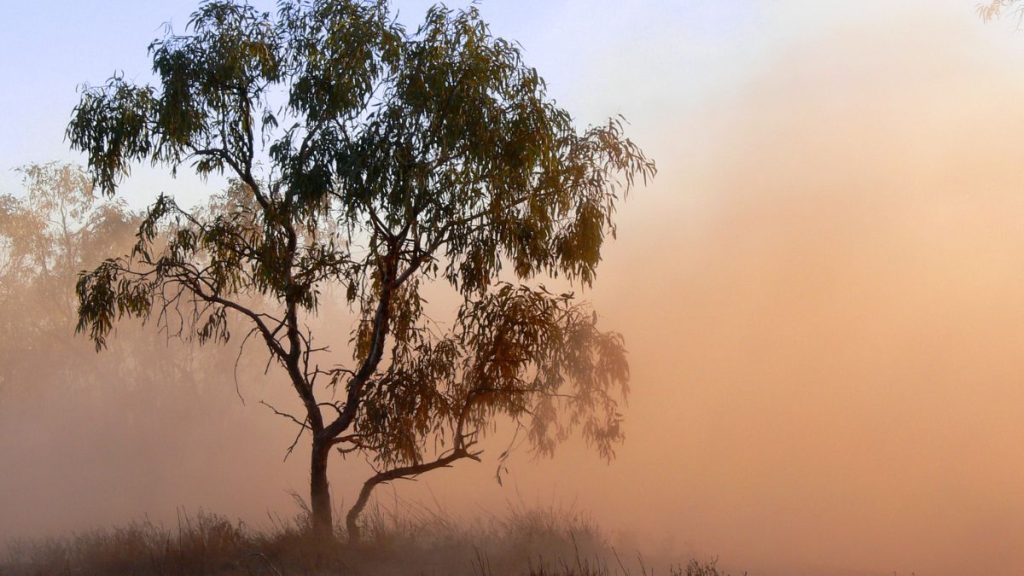Have you ever wondered how people cared for the environment before modern technology? For thousands of years, First Nations people in Australia have been using traditional practices to conserve and protect the land, water, and wildlife. These practices, passed down through generations, are not only really cool, but also super important for our future in sustainability.
By learning about these traditional methods, we can improve how we take care of our environment and make a real difference, thanks to the shared knowledge of our First Nations people. Here are just a few of the ways First Nations people have been protecting the environment from the very beginning.
Cultural burning
Cultural burning is an ancient practice where controlled fires are set to manage the land. First Nations people have been using this technique for over 60,000 years, way before farmers were trying out what we’ve come to call backburning. The idea is to burn small areas of land in a controlled way, which helps to clear out thick undergrowth, reduce the risk of bigger wildfires, and create new habitats for plants and animals.
Lots of Australian plants and animals need fire to survive. For example, the Banksia plant’s seeds need fire to sprout, and Grasstree’s need heat from a fire to encourage germination and flower. By using cultural burning, First Nations people help these plants grow and maintain a healthy ecosystem.
Did you know? The recent bushfires in Australia have led to a renewed interest in cultural burning. Scientists and fire managers are learning from these ancient practices to help prevent future fires and protect wildlife .
Sustainable fishing
The Brewarrina fish traps are an amazing example of sustainable fishing. These traps are a network of stone weirs built by the Ngemba people over 40,000 years ago. They are located on the Barwon River in New South Wales. The traps were designed to catch fish while letting smaller, young fish escape. This way, fish populations stayed healthy and continued to grow.
These fish traps show us how traditional knowledge can help manage resources without depleting them. By using these ancient techniques, the Ngemba people were able to enjoy a steady food supply and ensure that fish stocks were preserved for future generations
Water channels
The Koori people of Victoria developed a sophisticated system of channels and weirs to manage the flow of water in the Murray-Darling Basin. These traditional water management techniques helped to direct water to crops, wetlands, and other vital areas. By controlling water flow, the Koori people were able to enhance agricultural productivity and maintain the health of wetlands, which are crucial for bird species and aquatic plants.
All over Australia, our First Nations people have a deep connection with water, and this stems from a cultural tradition of sustainable and respectful use.
Totems
In many First Nations cultures, animals and plants are considered totems, which are spiritual symbols representing a community’s connection to nature. Each community has specific totems that they are responsible for protecting. This deep respect for totemic species helps ensure that these animals and plants are not harmed and can continue to thrive.
For example, some communities in Northern Australia consider the shark a totemic species. By protecting sharks and their habitats, these communities help maintain the balance of the marine ecosystem .
Plant cultivation
The Murrin Bridge community in New South Wales used fire and soil management techniques to cultivate yams, a staple food. They employed a method called fire-stick farming to clear land and prepare soil for planting, where the ashes from the fire enriched the soil with nutrients, promoting healthy yam growth.
By rotating fields and allowing land to rest, our First Nations people ensured that agriculture remained sustainable and that soil fertility was maintained.
Tree cropping
The Dharawal people of South Australia practiced tree cropping, which involved selectively managing and harvesting specific tree species for food, tools, and medicine. They used techniques like coppicing, where trees are cut back to ground level to promote new growth, and sustainable harvesting to ensure that tree populations remained healthy and productive.
Bush tucker is a very important part of Aboriginal culture, and through methods like tree cropping and harvesting, they were able to (and continue to) consume sustainably by living off the land.
Find out more
We have lots of other resources and blogs about First Nations success on our website here, as well as blogs about university courses, life, and more.


